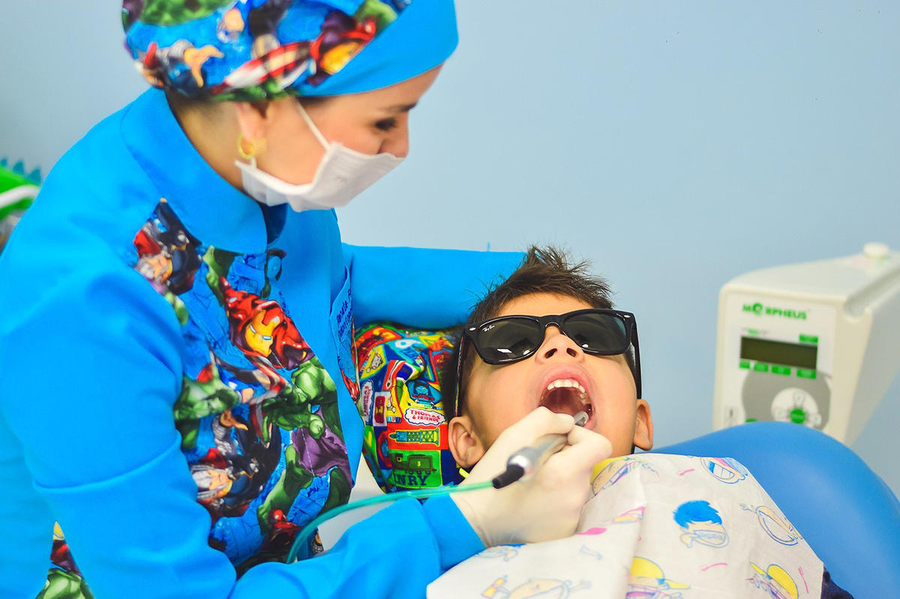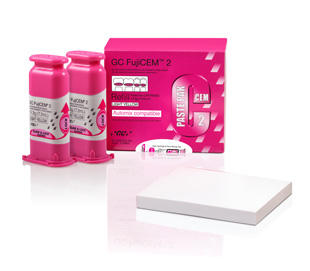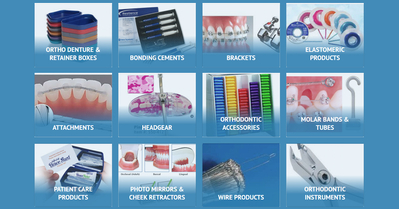Should you buy toys for your pediatric dental patients? A large new study says yes.
March 15 2020
‘Dental Accessories’ means a lot of things. In our catalogue it refers to gizmos that make your office all ergonomic, or trays and tubs that keep you organized, or patient education tools – novelty items, really, that patients like to have, so you can keep them engaged and coming back. Or it means toys, dental-themed, for the youngsters in your chair.
Personalities vary. Some clinicians are pretty impatient with the whole concept of toys in the office. Others, possibly the ones with little kids of their own, think it’s a good idea. They put things to play with out in the waiting area, and sometimes let them come right into the operating room with their little patients.
Personality and preference aside, which is better – toys absent, or toys present? And how can you know which is ‘better?’
You’ll be glad to know, having been trained in evidence-based medicine, that there is research into this. A lot of it is recent, and it exists on a rather large scale.
The most recent study, and one of the most painstaking, is that of T. Jayakaran, et al.,1 conducted in the Meenakshi Ammal Dental College and Hospital in Chennai, in southeast India.
Most kids don’t naturally cooperate with the dentist, notes Dr. Jayakaran, and it’s generally because they’re frightened. Addressing this, and optimizing the medical outcome, is partly a matter of the relationship between patient and practitioner, and partly a matter of environment. Kids like to be in spaces that seem like they’re for kids, his experience tells him.
So, to find out what it is that they like, he and his team put together this study. It was cross-sectional, using descriptive data, derived by survey. It surveyed boys and girls 6-10 years of age who visited the department. (Mean age was 8.1± 1.17.) Basically cooperative behaviour was one of the inclusion criteria. Numbers were crunched by the OpenEpi stats package for public health. Covariables included color of the walls, design on the walls, scent in the air, music (presence and kind), doctor gender, color of doctor’s clothes, cartoons playing, parents present, and yes – toys. These were all chosen because of their presence in existing literature. Final analysis, chi-squared and everything, was done with the same SPSS tool that the other studies used. P value was < 0.05.
The salient preferences they found were these:
- 96% of the kids wanted music playing; when asked what kind, most said ‘rhymes’.
- 94% wanted pretty scents in the air.
- 88% wanted the doctor to explain what was happening first.
- 76% wanted cartoons on TV.
- 76% wanted cartoons on the walls.
- Most of the boys wanted male doctors; most of the girls wanted female doctors. The kids liked their doctors to be in blue or yellow uniforms, as a rule.
- 68% wanted mom or dad there.
- 82% wanted toys – and they wanted them there in the operating chair with them.
It all dovetailed perfectly with literature. It’s been known for a long time that kids like hospitals that are softened with color, generally yellows or blues. They do not like bare walls. They like seeing cartoon people they know. Is it because these things are distracting? Other research suggests no. It’s the familiarity they like, probably combined with the tacit knowledge that there are grownups in charge who trouble to do nice things for them. Nice smells? Aromatherapists have been saying for years that pulse and cortisol levels drop when the scents are right, and latterly there is research to show that in medical theaters this is true. Music? Studies conflict on this. Perhaps because musical taste can be so intensely personal, music sometimes seems in studies to be counterproductive.
As for toys, the majority was enormous. The toys’ power lay, as with the colors and the cartoons, not in their power to distract. They worked because they comforted.
The formula is clear, then. If you’ve got kids in your practice, make the walls blue or yellow, paint cartoons on them, put TV on, and yes, absolutely, if you can stand it, allow the kids to bring in toys. They’ll like it, and the research numbers do say your practice will run smoother for it.
1 Jayakaran, T. Dent Res J (Isfahan). 207 May-Jun; 14(3): 183-187.
Recent posts
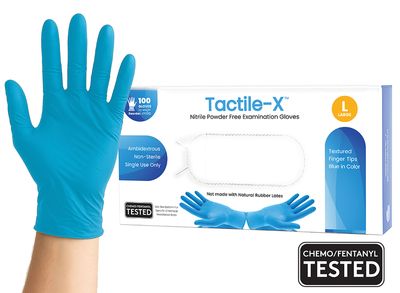
07-18-2025
Textured vs. Smooth Nitrile Gloves

02-12-2025
Ultrasonic scalers

10-17-2024
High Definition Black Line Mirrors
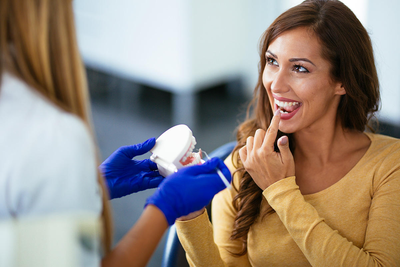
09-27-2020
